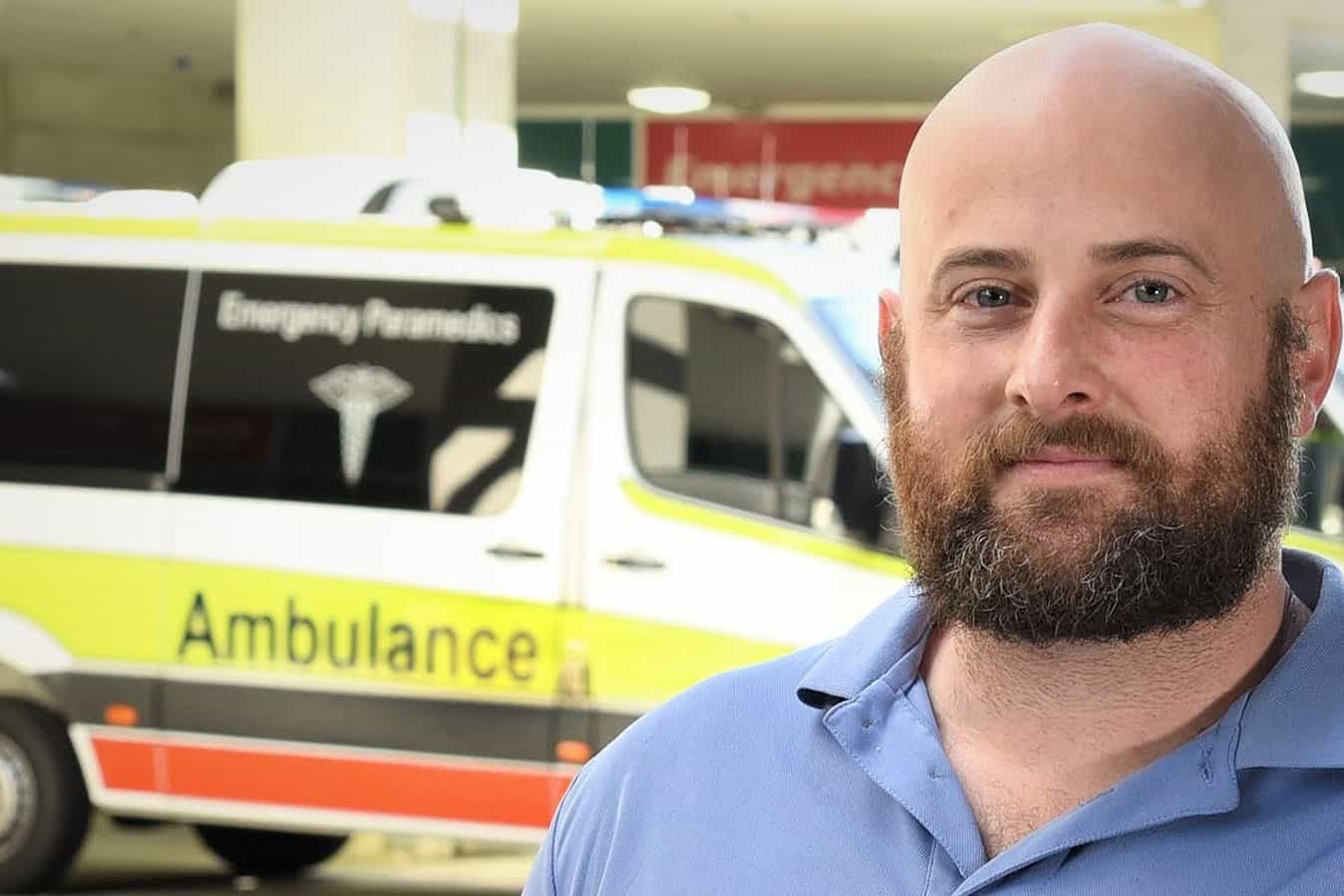Health and Safety Representatives (HSRs) play an important role in keeping workplaces safe.
An HSR is an elected and voluntary role. The Occupational Health and Safety Act 2004 (OHS) enables HSRs to raise and resolve any OHS issues with their employer and grants powers to enforce compliance with the OHS Act and Occupational Health and Safety Regulations 2017 (OHS Regulations).
Powers include carrying out workplace inspections, reviewing the circumstances of workplace incidents and representing the work group in health and safety matters.
After completing approved training, HSRs can also issue Provisional Improvement Notices (PINs) – written notices requiring a contravention against the WHS Act or Regulations to be remedied within a certain period or a likely contravention to be prevented.
Dale Gorry is a registered nurse, HSR, and QNMU representative and delegate at the Royal Brisbane and Women’s Hospital’s (RBWH) Emergency and Trauma Centre (ETC).
He shared his insights for this article as a representative of the QNMU RBWH Branch.
Involved in protecting health and safety throughout his working career, in 2020, Dale decided to become an HSR due to “significant” work health and safety issues at the ETC and a lack of HSRs among the work group.
To become an HSR, Dale completed a five-day Health and Safety Representative Training course. He now has to undertake a one-day refresher course at least every three years.
While no other legislated training is required, Dale suggests further education in OHS, such as short-courses on topics such as risk assessment and management, and rehabilitation and return to work coordinator training, are useful.
One of four HSRs representing RBWH’s Emergency and Trauma Centre work group, Dale says the role demands people who genuinely care about the health and safety of their colleagues and patients.
“It’s the qualities that nurses already have in abundance such as compassion, resilience, intuition, scepticism and assertiveness,” he says.
“I think sometimes employers abuse the compassion and resilience that nurses have,” adds.
“Subsequently, nurses put up with dangerous working conditions that put them and their patients at risk under the pretences of “no budget” and lack of knowledge about legislated requirements.”
As an HSR, Dale’s typical duties include undertaking risk assessments and reviews of the work environment, practices, and processes; trying to risk mitigate issues identified; and escalating outstanding issues to management that demand immediate action or require further consultation.
Communicating with colleagues who have identified WHS issues and trying to resolve or escalate them as necessary is a large part of the role.
Ensuring his work group and colleagues are accountable and compliant with legislated requirements is one of the biggest challenges, Dale says.
“This is often a steep learning curve, not only for HSRs, but also for our colleagues,” he says.
“There is a distinct lack of knowledge and training for healthcare staff around WHS, and how they need to be accountable and compliant. In my work group, staff are often so busy they don’t realise they are often carrying out practices which contravene WHS requirements, putting themselves, their colleagues and the work group at risk.”
Dale argues healthcare workers and managers often lack WHS training and knowledge of legislated requirements they must observe and maintain.
He believes HSRs are vital. Without them, employers “will continue to put money ahead of the health and wellbeing of their staff and patients”.
Dale says the growth of HSRs within RWBH’s ETC work group has helped ease the “significant” WHS burden and increased opportunities for staff to raise and address important WHS issues.
“Unlike other sectors, in healthcare it’s rare to have a good working relationship with management when it comes to WHS issues,” Dale argues.
“In my experience, most healthcare management are reactive and negative and often take WHS issues personally rather than being proactive and positive and seeing the issues for what they are; an opportunity to demonstrate leadership and improve the health, safety and wellbeing of their staff and patients.”
Dale has issued one PIN in his time as an HSR, and delivered several warnings requiring urgent action.
Occupational violence and unsafe workloads, caused by issues such as overcrowding, understaffing, a lack of staff ratios, and poor skills mix, are among some of the biggest issues facing the work group, he says.
“COVID has only compounded these issues, with additional spacing and infection control requirements to address,” Dale says.
“COVID has also exposed the issue of Personal Protective Equipment (PPE) to be more of an evident problem and exposed significant deficits in most organisations’ respiratory protection preparations. Specifically, many were not meeting WHS legislated requirements in fit testing the P2/N95 mask.”
While employers have the duty to provide a safe workplace, HSRs continue to make a real difference in improving the health, safety and wellbeing of staff and patients.
“Get involved!” Dale says to anyone considering taking the leap.
“The reasons you got into nursing are the same reasons that you should be an HSR; you care about your patients and colleagues and want to make sure they work in an environment that values them, as well as their work, health, safety and wellbeing.”








